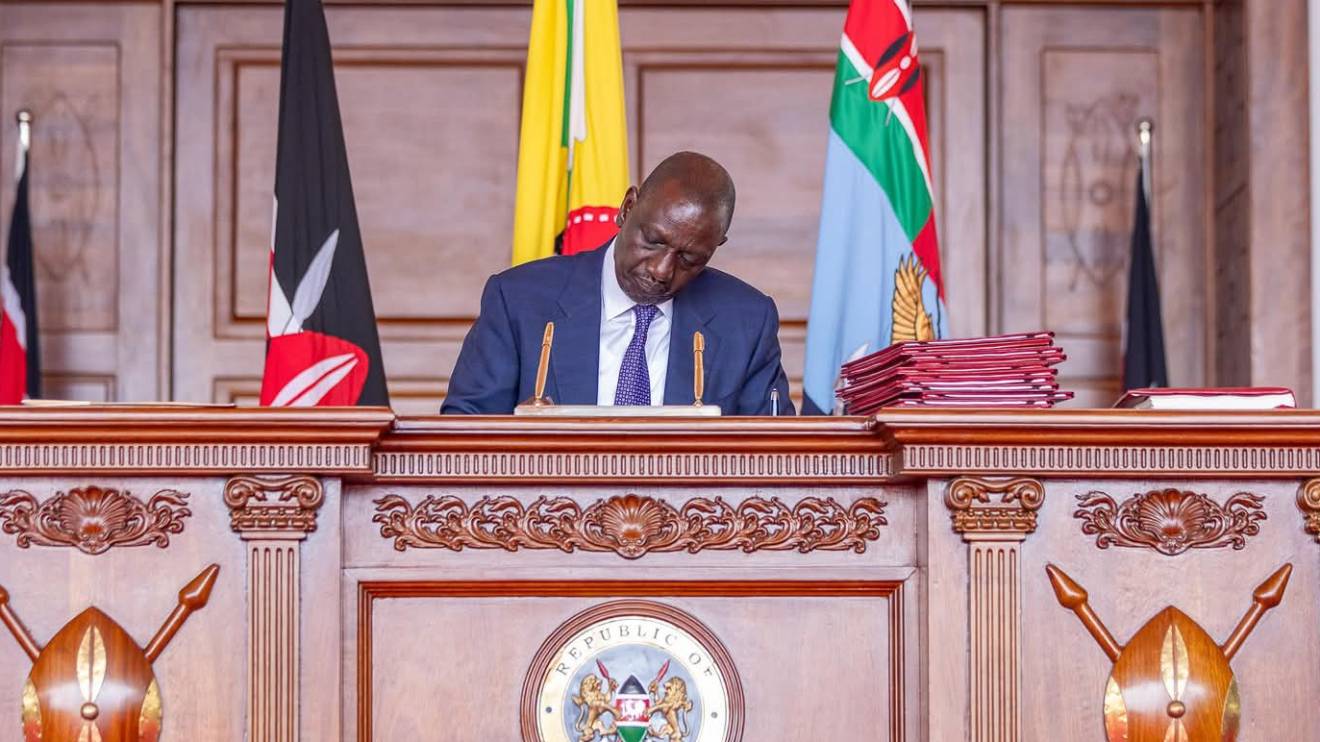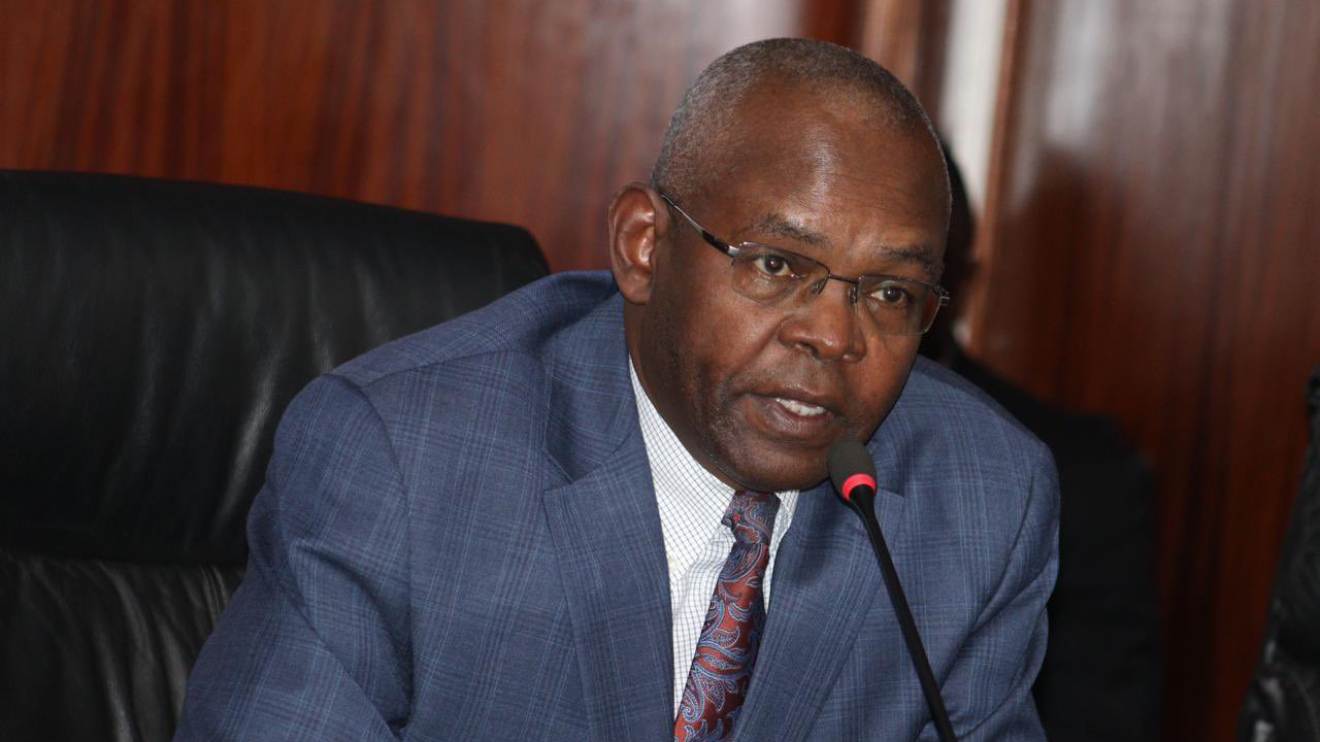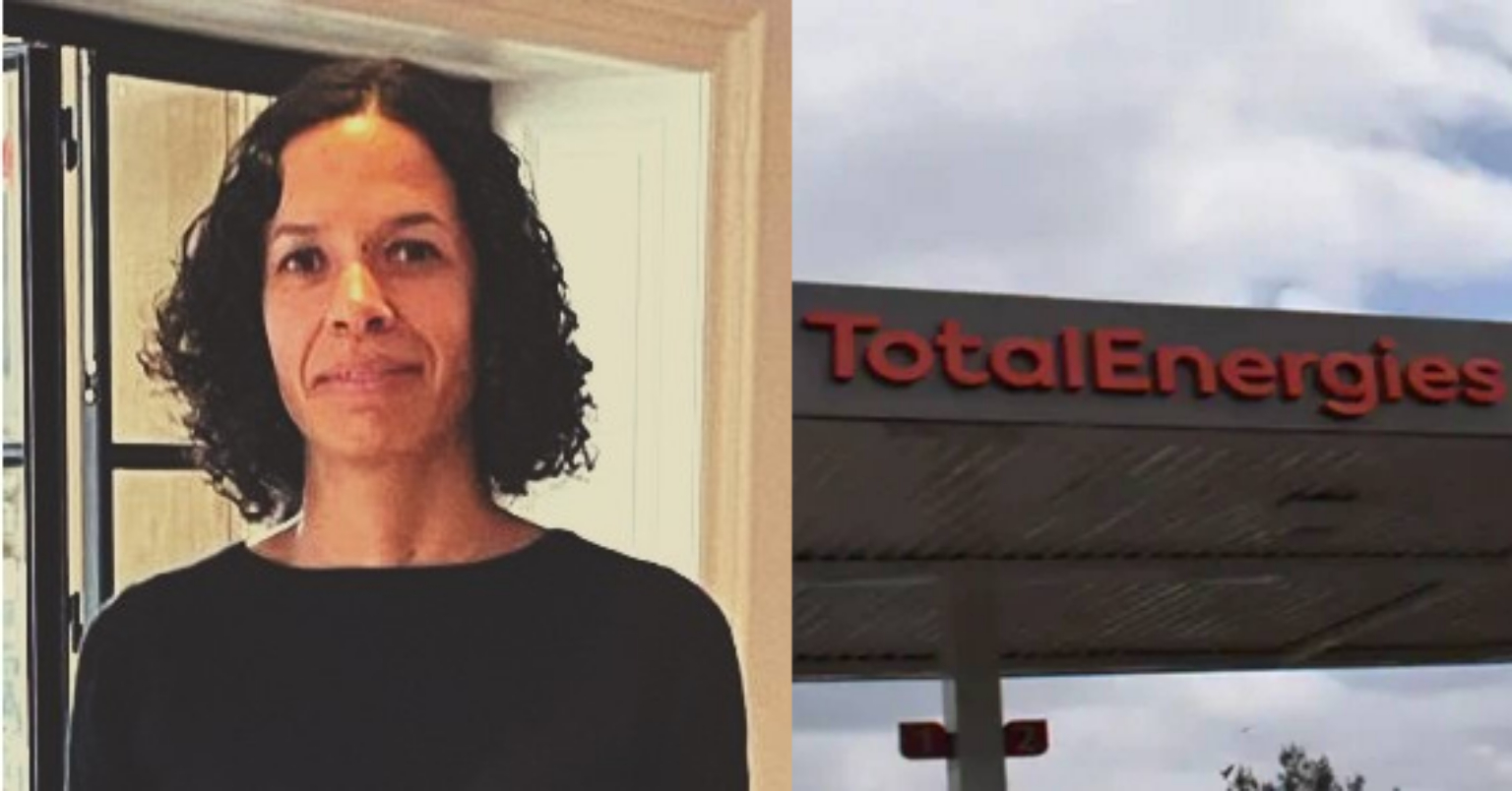Nairobi’s cityscape is on the verge of a radical transformation and may join the ranks of global cities with towering skyscrapers as the county government considers a transformative zoning policy that would allow buildings to rise to 75 floors in commercial hubs.
The ambitious proposal, currently under public review, aims to modernise the capital while ensuring structured urban development to accommodate its swelling population.
Urban Planning Chief Officer Patrick Analo outlined the plan during a three-day public participation forum, highlighting its role in shaping Nairobi’s future.
He explained that the new zoning framework would rely on strategic land-use tools to balance commercial expansion with the preservation of residential areas.
“If approved, the policy & other LPDS will permit high-rise developments in key commercial areas such as Upper Hill, Uhuru Highway, Tom Mboya Street, Haile Selassie Avenue, and University Way,” Analo confirmed.
Read More
While Nairobi’s commercial zones are poised for vertical expansion, the proposed regulations impose height limits in various residential neighbourhoods.
Riverside, Parklands, and Ngara West would see buildings capped at 20 floors, while Muthangari, Kileleshwa, and Kilimani would have a maximum of 15 stories.
Meanwhile, Umoja, Kayole, and Komarock would be limited to eight floors, and Mathare, Dandora, and Korogocho would have a five-story ceiling. Some areas, like Kariokor, Mlango Kubwa, and Eastleigh, could see mixed-use developments reaching up to 25 floors.
Despite these changes, Nairobi’s elite suburbs will remain untouched by the high-rise wave.
Governor Sakaja Johnson assured that neighbourhoods such as Karen, Gigiri, Runda, Kitisuru, Nyari, Muthaiga, and Rosslyn Estate will retain their single-dwelling status to preserve their exclusivity and low-density character.
“The three-day public participation forum is gathering input from architects, physical planners, residents, developers, contractors, and stakeholders,” Sakaja stated.
"Currently, Nairobi accommodates over seven million people during the day, and this number is expected to reach 10 million in the coming years. We must consider how to accommodate this growth."
Similarly, parts of Eastlands—including Jacaranda, Sosian Estate, Nasra Gardens, Harambee NCC, Rabai Road Estate, Utawala, Ruai, and Kamulu—will remain off-limits for high-rise construction.
Sakaja stressed that Nairobi’s zoning policy has remained unchanged for nearly two decades, making this revision necessary to keep pace with the city's growth.
“If approved, the new policy will redefine Nairobi’s skyline, bringing it in line with global cities that feature towering skyscrapers while also balancing urban planning needs with community concerns,” he added.
As the city gathers input from planners, developers, and residents, the proposal signals a bold step towards a reimagined Nairobi—one that blends modern skyscrapers with thoughtful zoning to create a sustainable urban future.

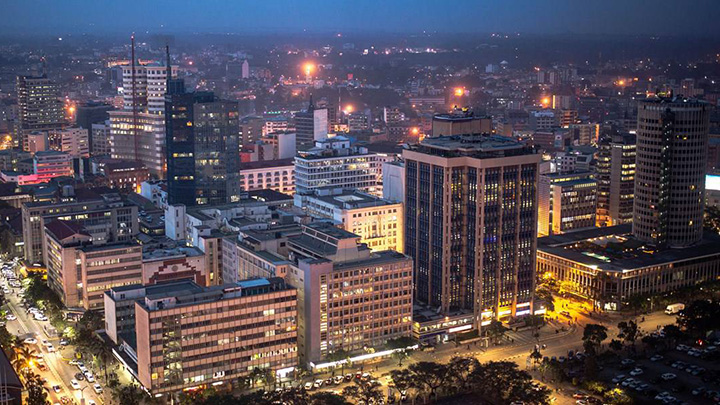
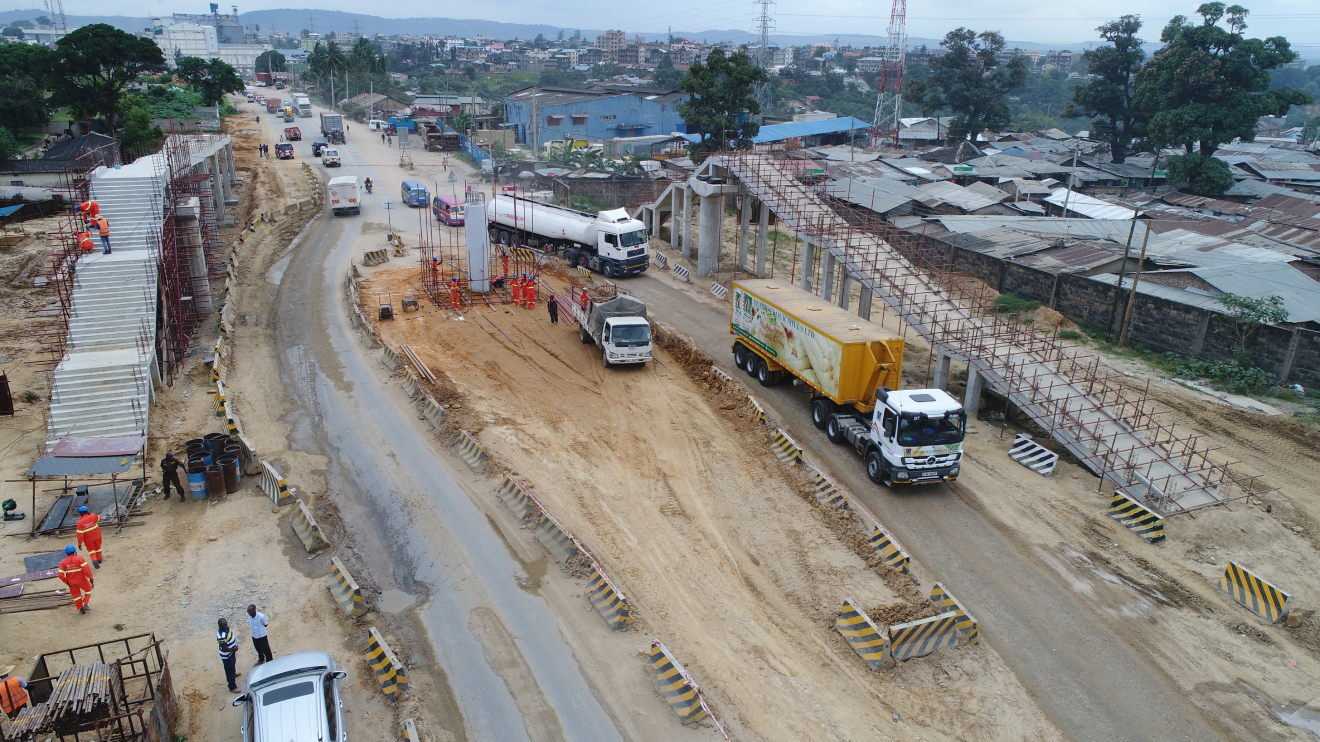


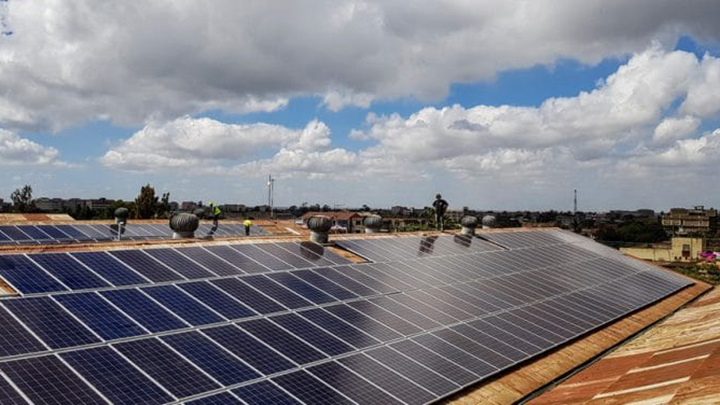
-1756319289.jpg)
